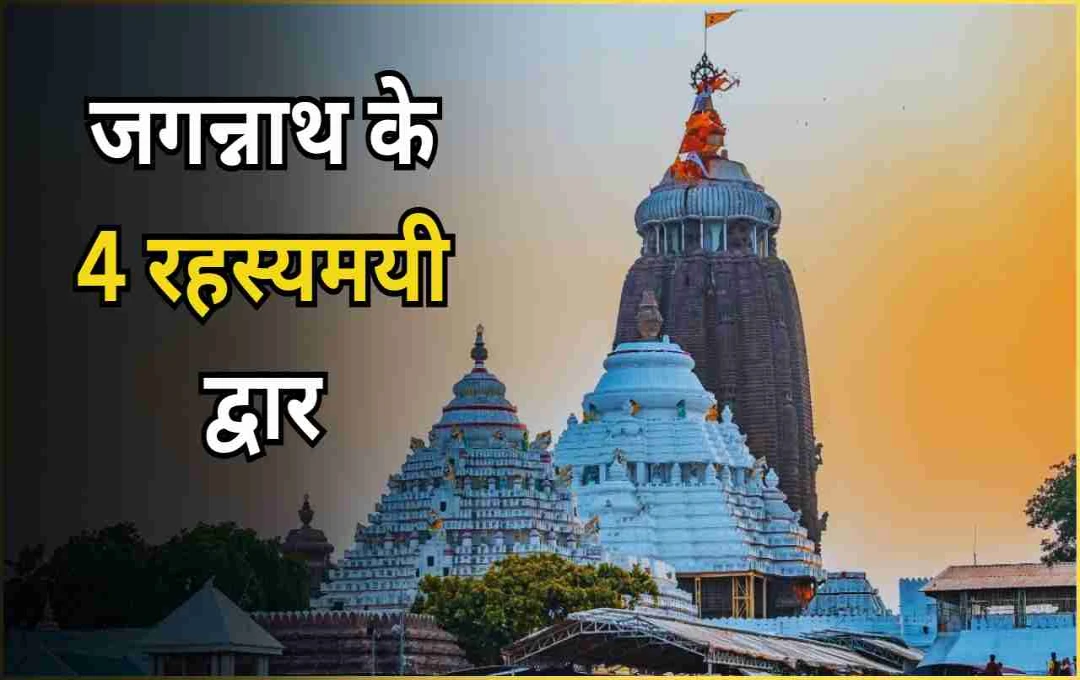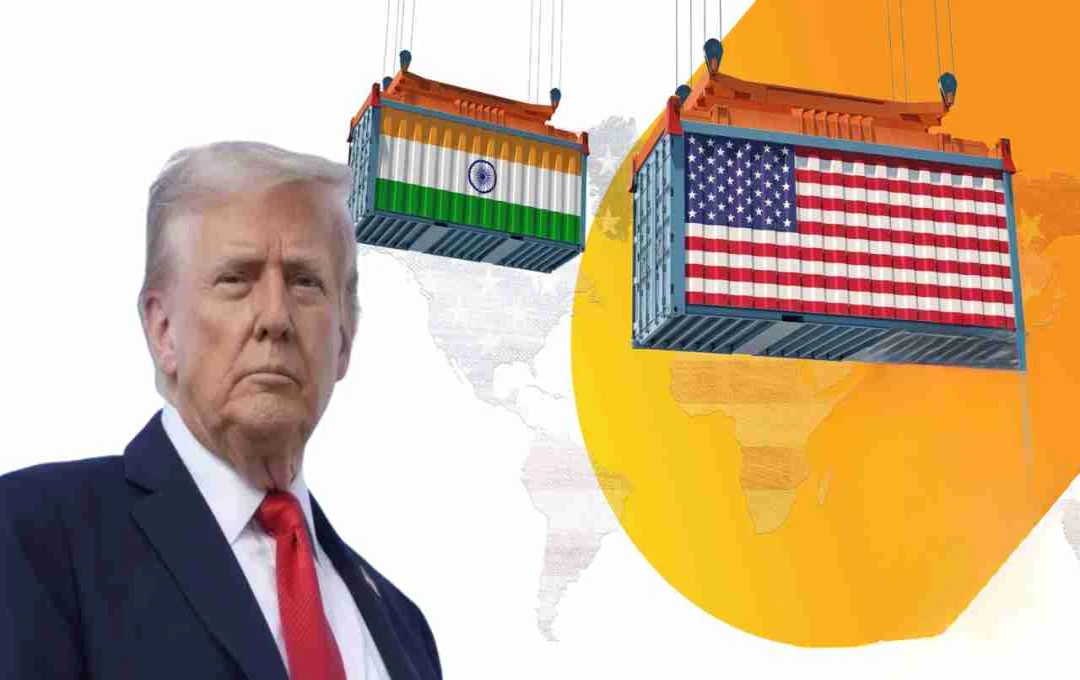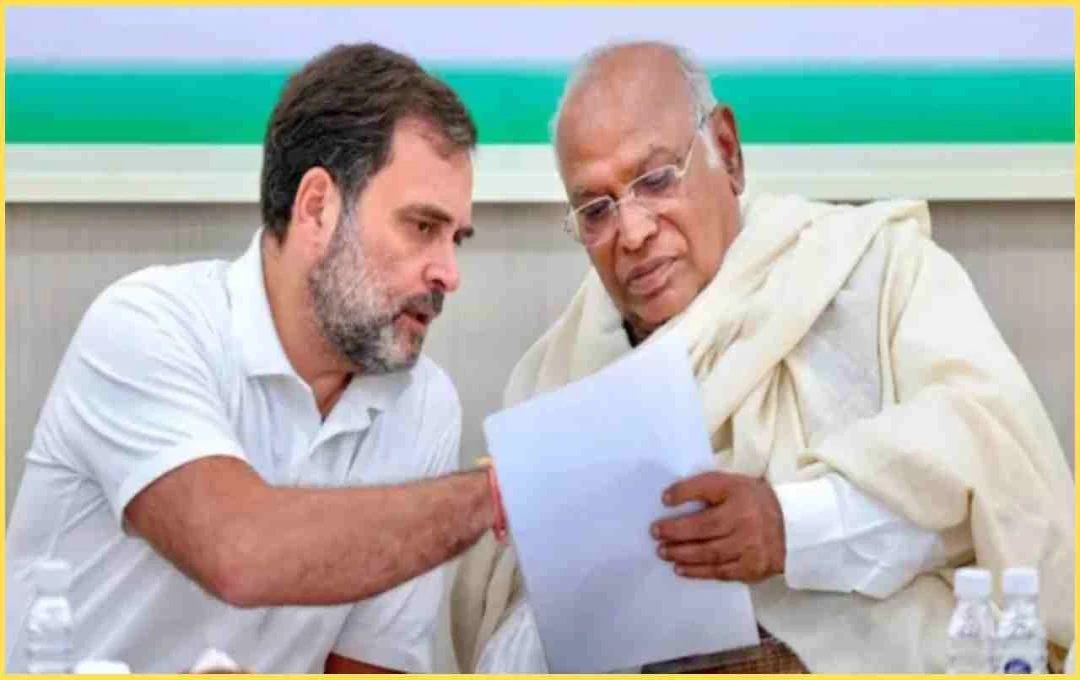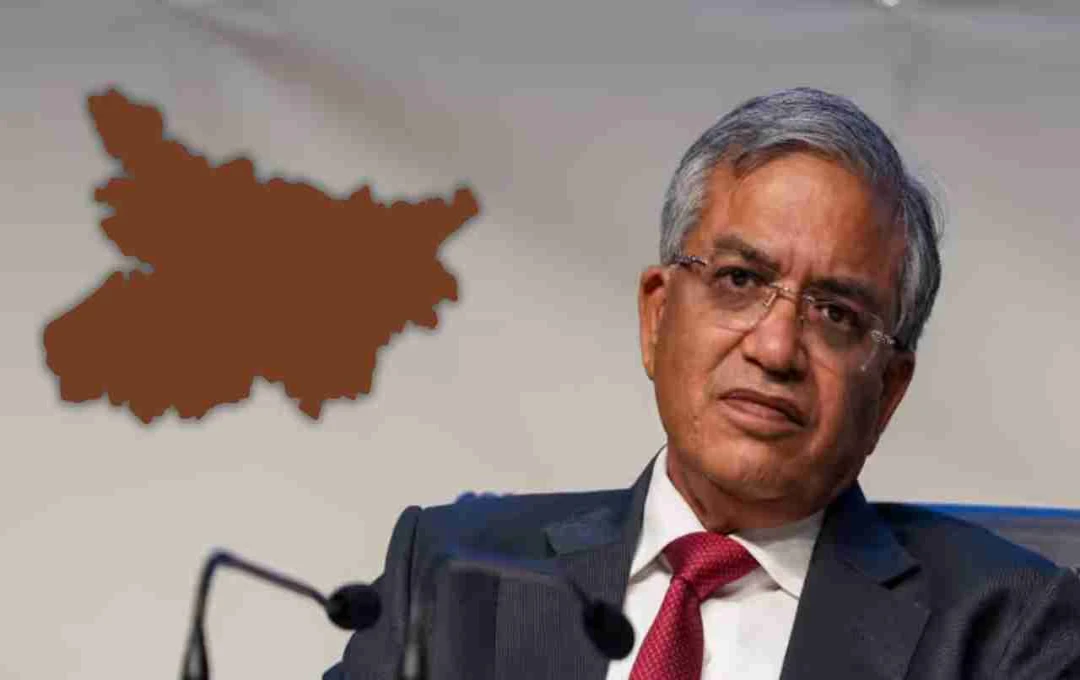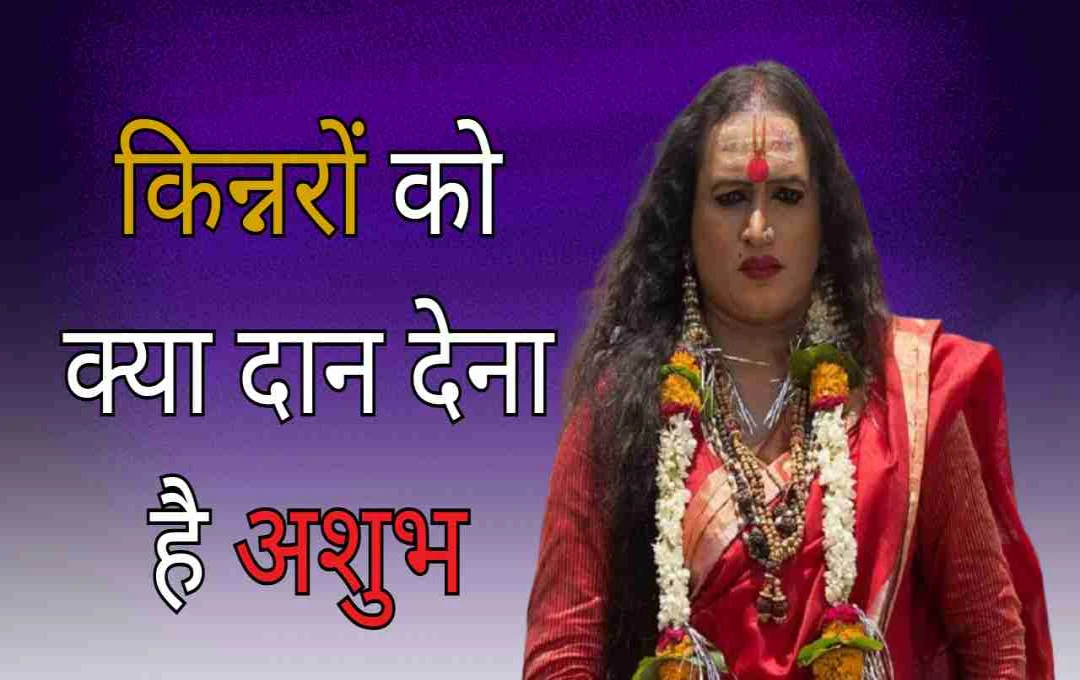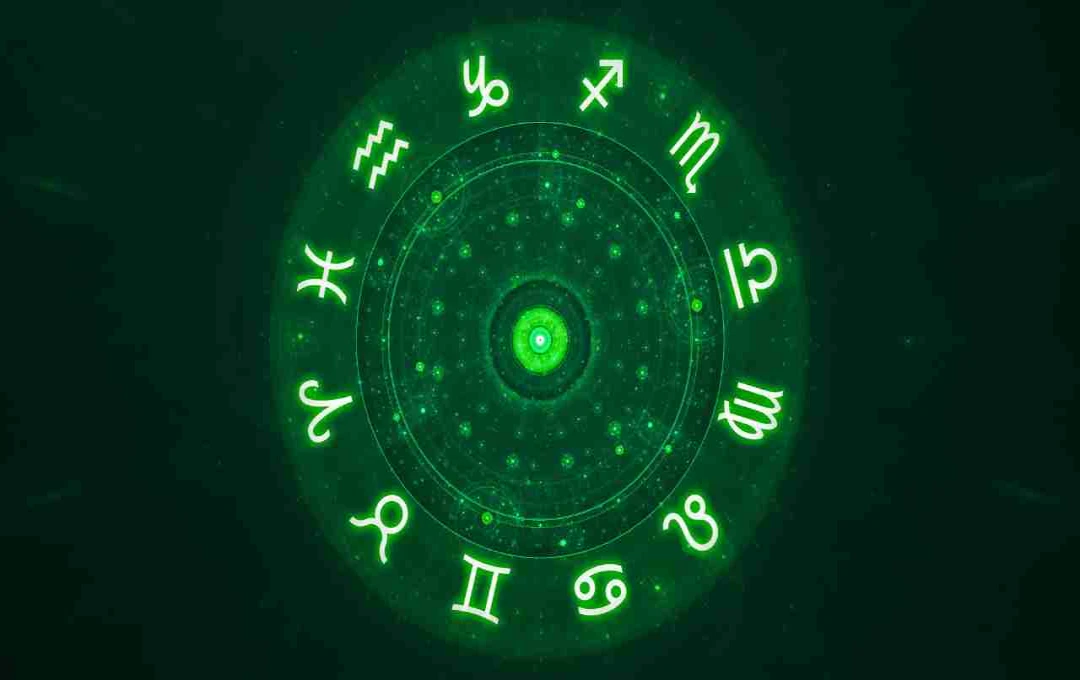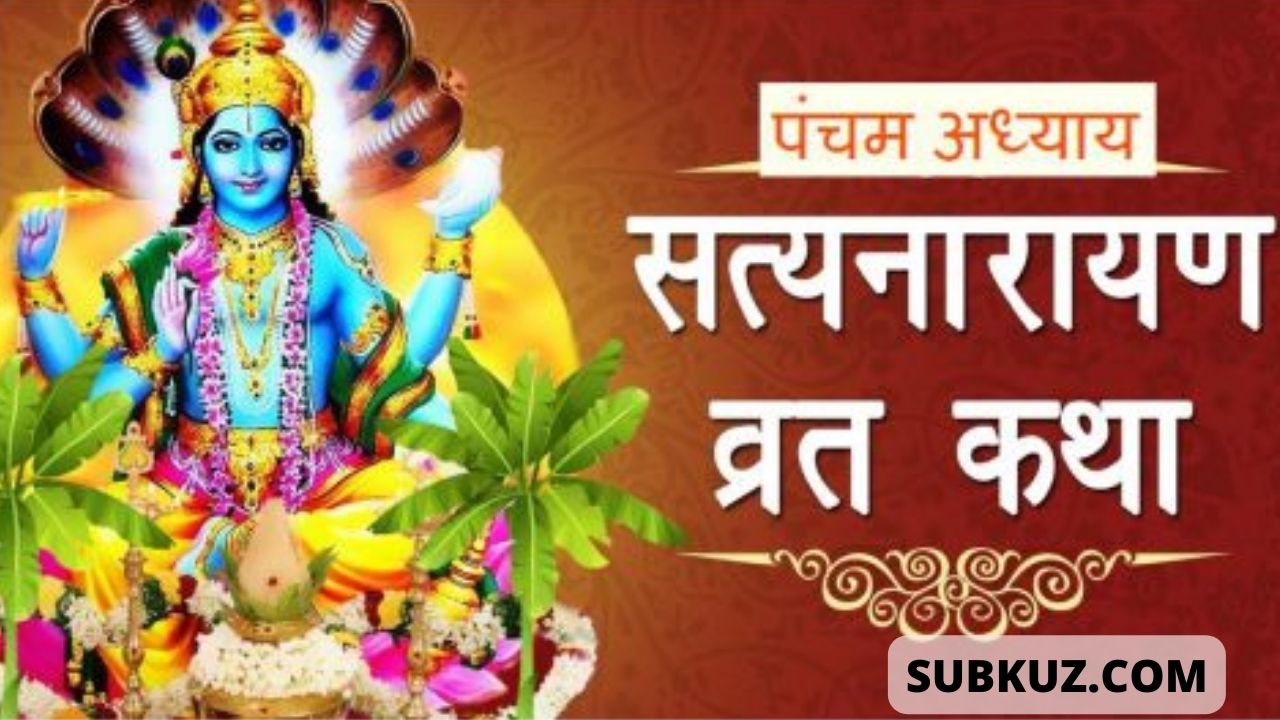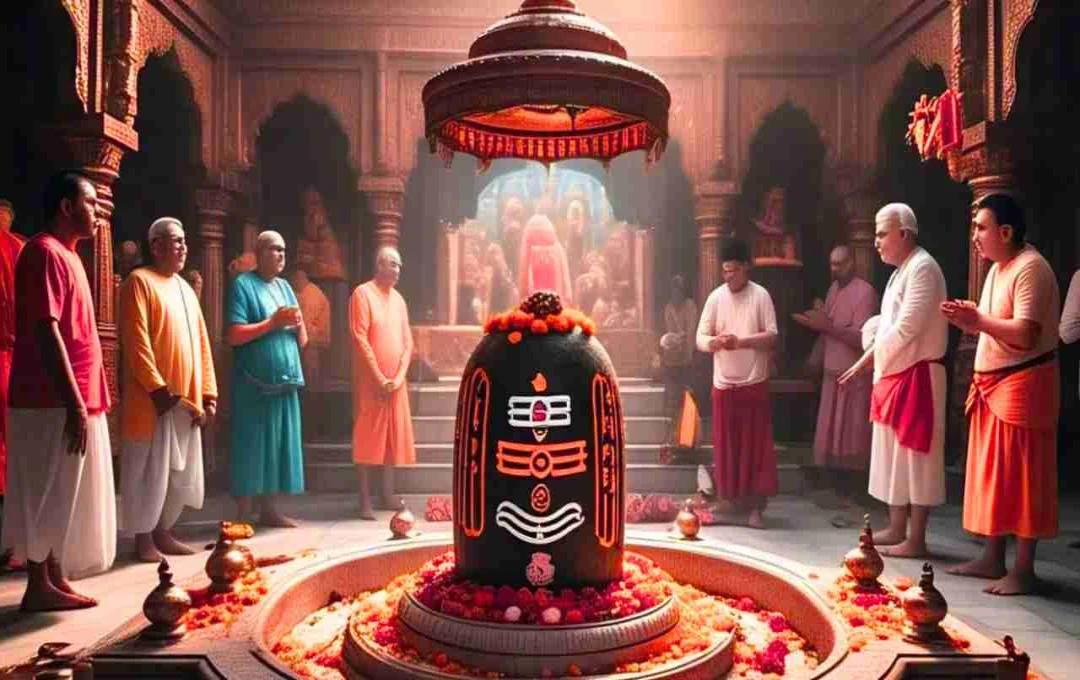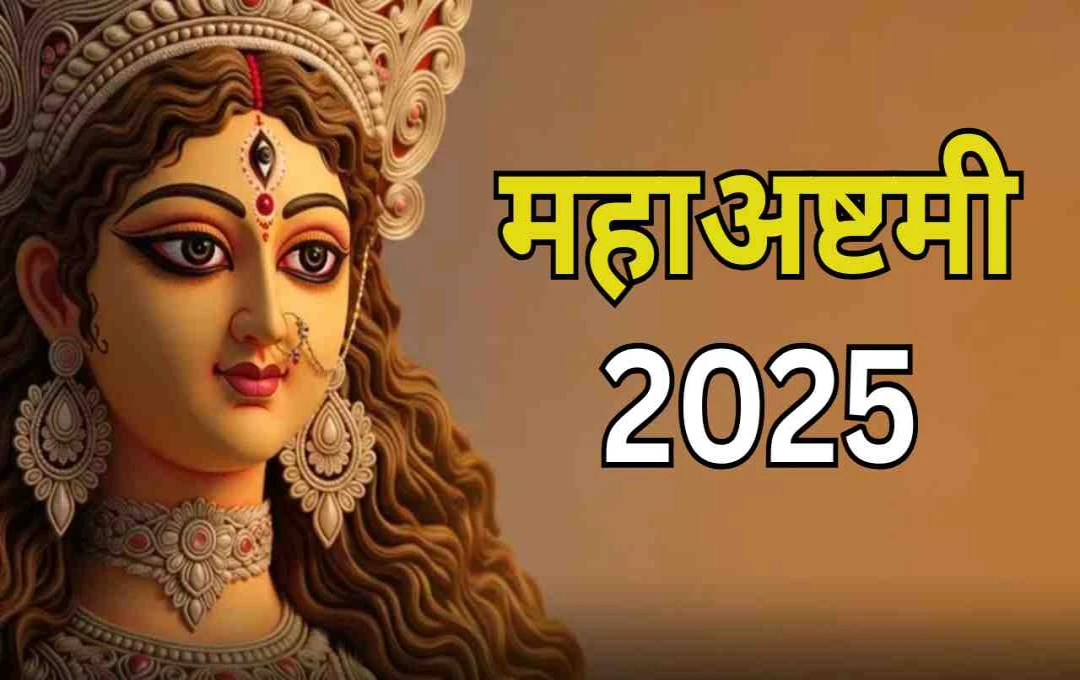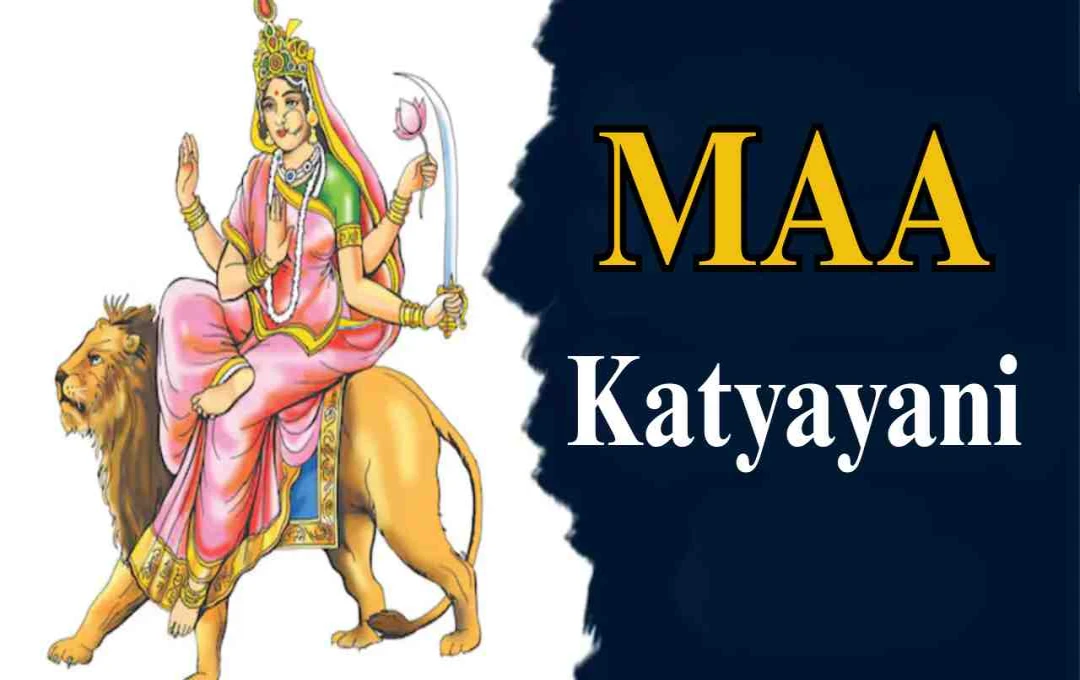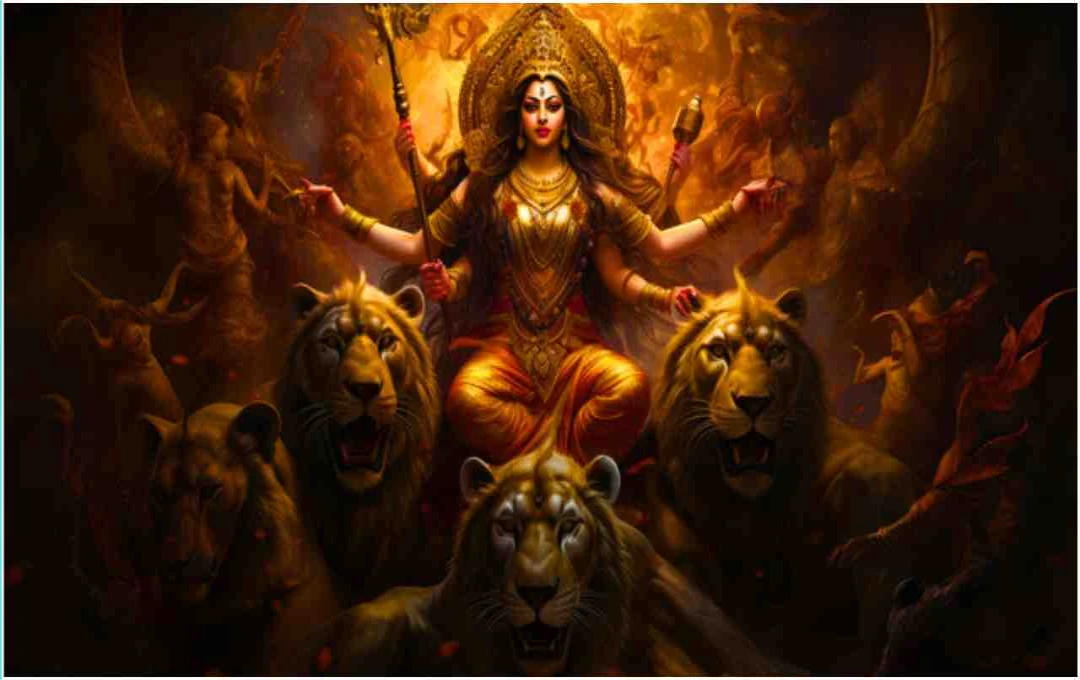Located in Odisha, the Jagannath Temple is not only a prominent pilgrimage site in India's spiritual landscape but also a divine abode filled with mysteries and spirituality, whose grandeur and historical significance enthralls devotees. The annual Jagannath Rath Yatra, held in the month of Ashadha, is not just a celebration of religious faith, but also a path to liberation for those who participate. This journey of Lord Jagannath, his brother Balram, and sister Subhadra is not just a tradition, but a confluence of spiritual energy.
The Jagannath Temple, situated in this holy city, is endowed with four special gates that represent the four yugas (epochs), four directions, and four spiritual pillars. Each gate not only indicates a direction but also conceals a profound spiritual mystery.
Singh Dwar: The Path to Salvation
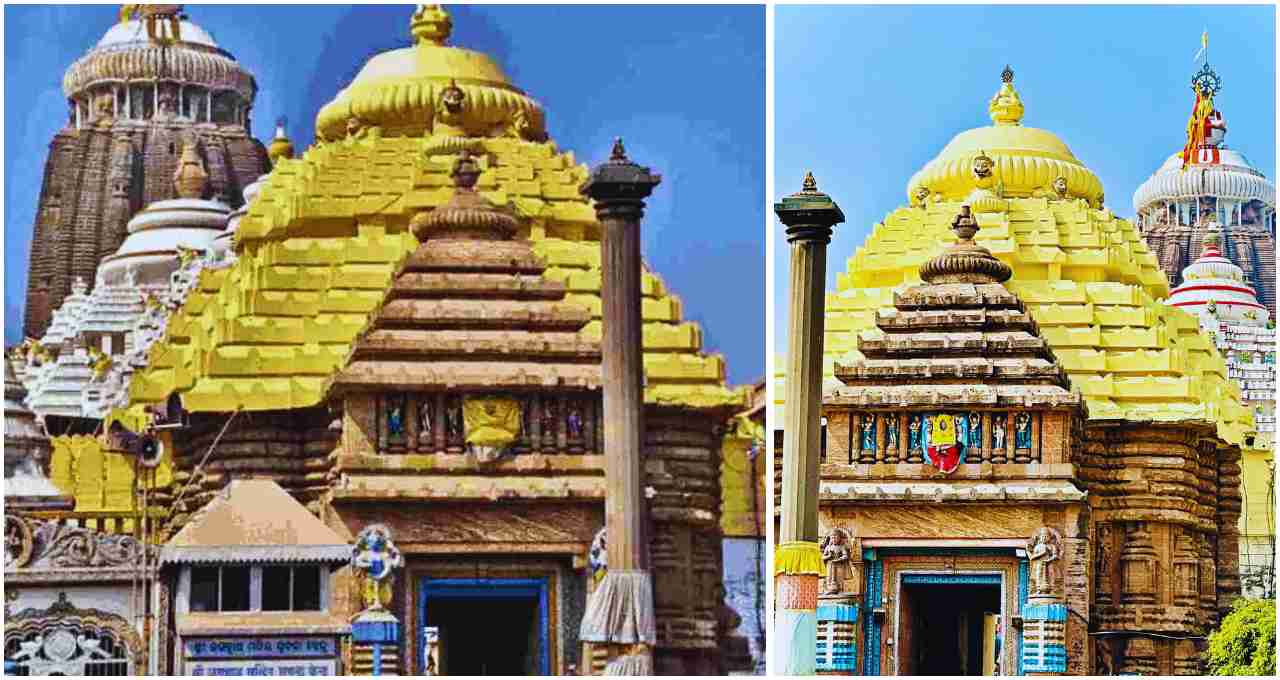
The main entrance of the temple, known as the Singh Dwar (Lion Gate), is located in the east. This gate is considered the most significant spiritually, as all devotees enter the temple through it. Singh Dwar is believed to symbolize the Satya Yuga (Golden Age), which was characterized by dharma, truth, and high conduct. As devotees proceed towards the sanctum sanctorum through this gate, it is believed that they leave behind their sins and move towards liberation.
Two giant lion statues are positioned at the Singh Dwar, considered as the guardians of the gate. Passing through this gate, a devotee experiences self-purification. For this reason, it is also called the Moksha Dwar (Gate of Salvation).
Ashwa Dwar: Symbol of Victory and Enthusiasm
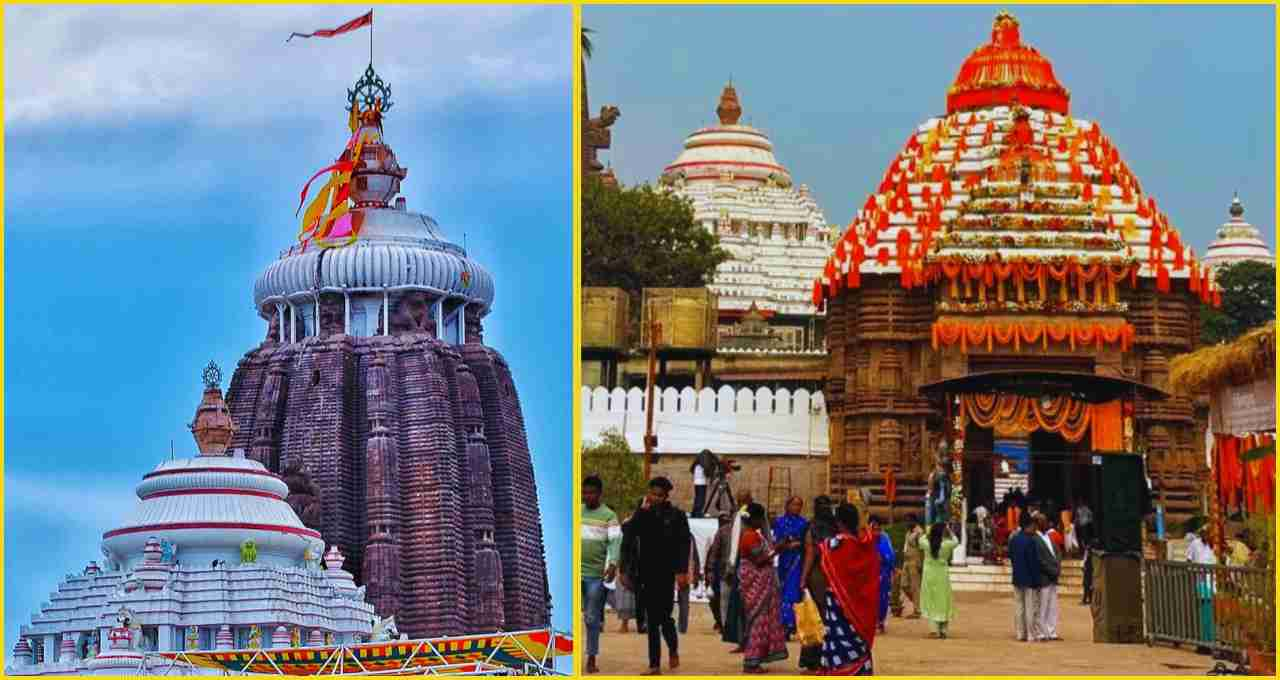
The second gate of the Jagannath Temple is the Ashwa Dwar (Horse Gate), located in the south. It is considered a symbol of the Treta Yuga, the era of Lord Rama. This gate is associated with victory and valor. It is believed that praying through this gate gives a person the power to overcome obstacles in life.
Ashwa means horse, which is a symbol of energy, speed, and progress. This gate is particularly significant for those who are struggling in life and aspire for victory. It is also known as the Vijay Dwar (Gate of Victory).
Vyaghra Dwar: Entry to Dharma and Fulfillment of Desires
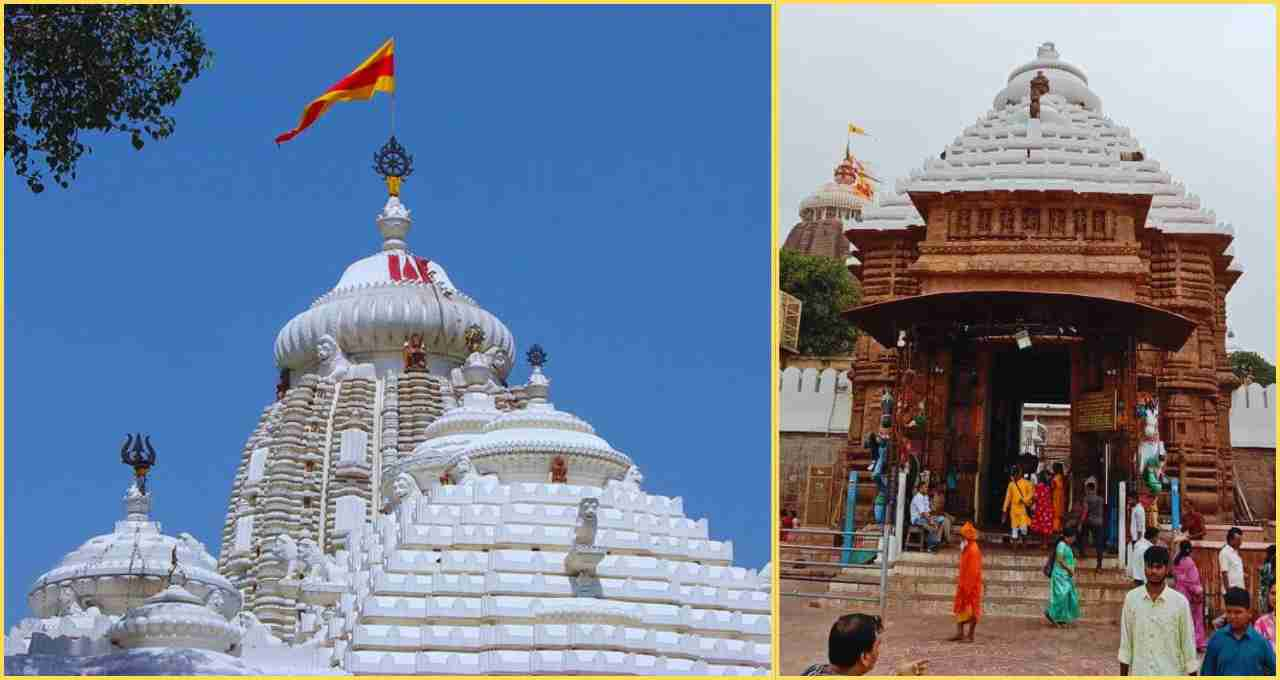
The third gate is called the Vyaghra Dwar (Tiger Gate), located in the north. This gate symbolizes the Dvapara Yuga, known as the era of Lord Krishna. Vyaghra means tiger, which is a symbol of strength and courage.
This gate is considered a symbol of dharma and fulfillment of desires. Devotees who offer prayers through this gate are believed to achieve religious balance and fulfillment of their spiritual aspirations. This gate holds special importance for those who want to move towards their spiritual goals.
Hasti Dwar: Kali Yuga and the Message of Humility
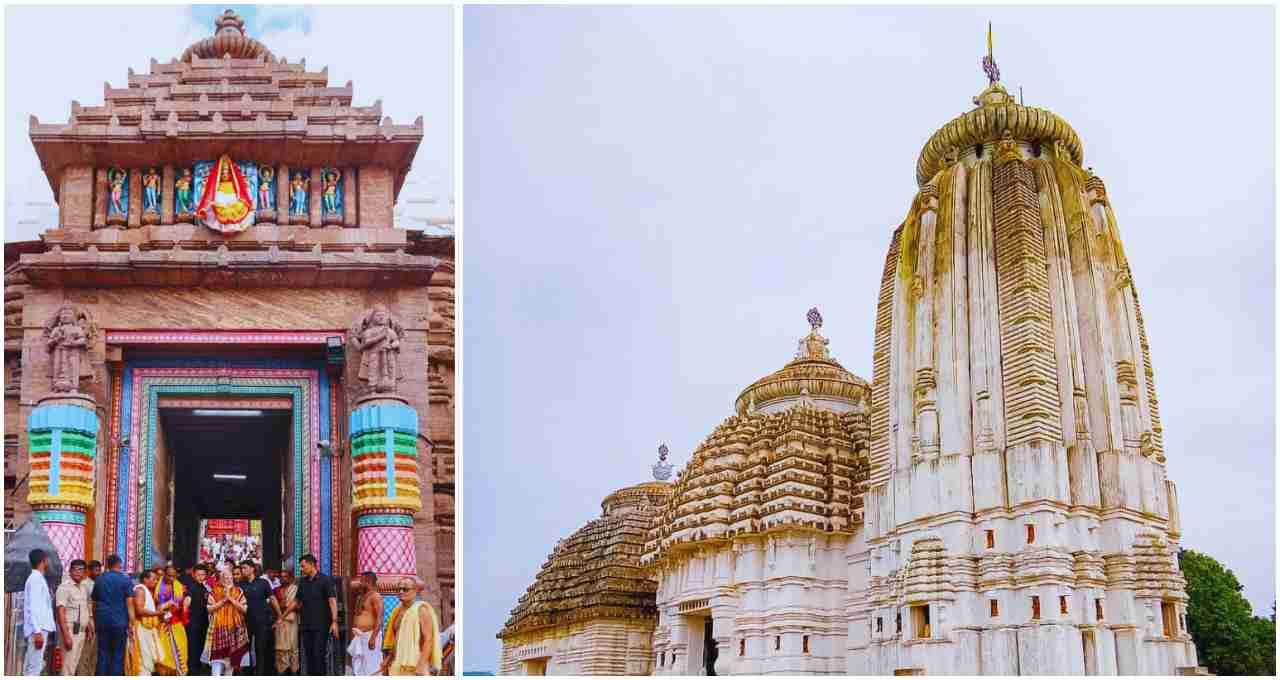
The final gate of the Jagannath Temple, located in the west, is the Hasti Dwar (Elephant Gate), considered to be a symbol of the Kali Yuga. This gate is considered the most profound, as it represents the present time, the Kali Yuga. The elephant symbolizes both power and peace.
The statue of Lord Ganesha, the deity who removes all obstacles, is enshrined at the Hasti Dwar. It is believed that by entering through this gate, one can leave all their sorrows behind and start anew. This gate gives us a message of patience, stability, and humility in life.
Spiritual Message and the Collective Significance of the Four Gates
The four gates are not just directions or entrances, but they represent four spiritual levels, four epochs, and the four essential qualities of human life - truth, victory, dharma, and peace. Entering the temple is not just a physical journey, but an inner journey, where one progresses towards self-realization and liberation while passing through each gate.
It is also believed that every devotee must experience the darshan (auspicious sight) and journey through these gates at some point in their lives. This is a way of connecting oneself to the consciousness of all four yugas.
The four mysterious gates of the Jagannath Temple are not only a part of its magnificent architecture, but they are also a living symbol of a comprehensive spiritual philosophy. Each gate is a scripture in itself, inspiring us to understand, accept, and move forward in the different aspects of life. If you ever visit Puri, understand the significance of these four gates before having darshan of Lord Jagannath, then your journey will be considered complete.
